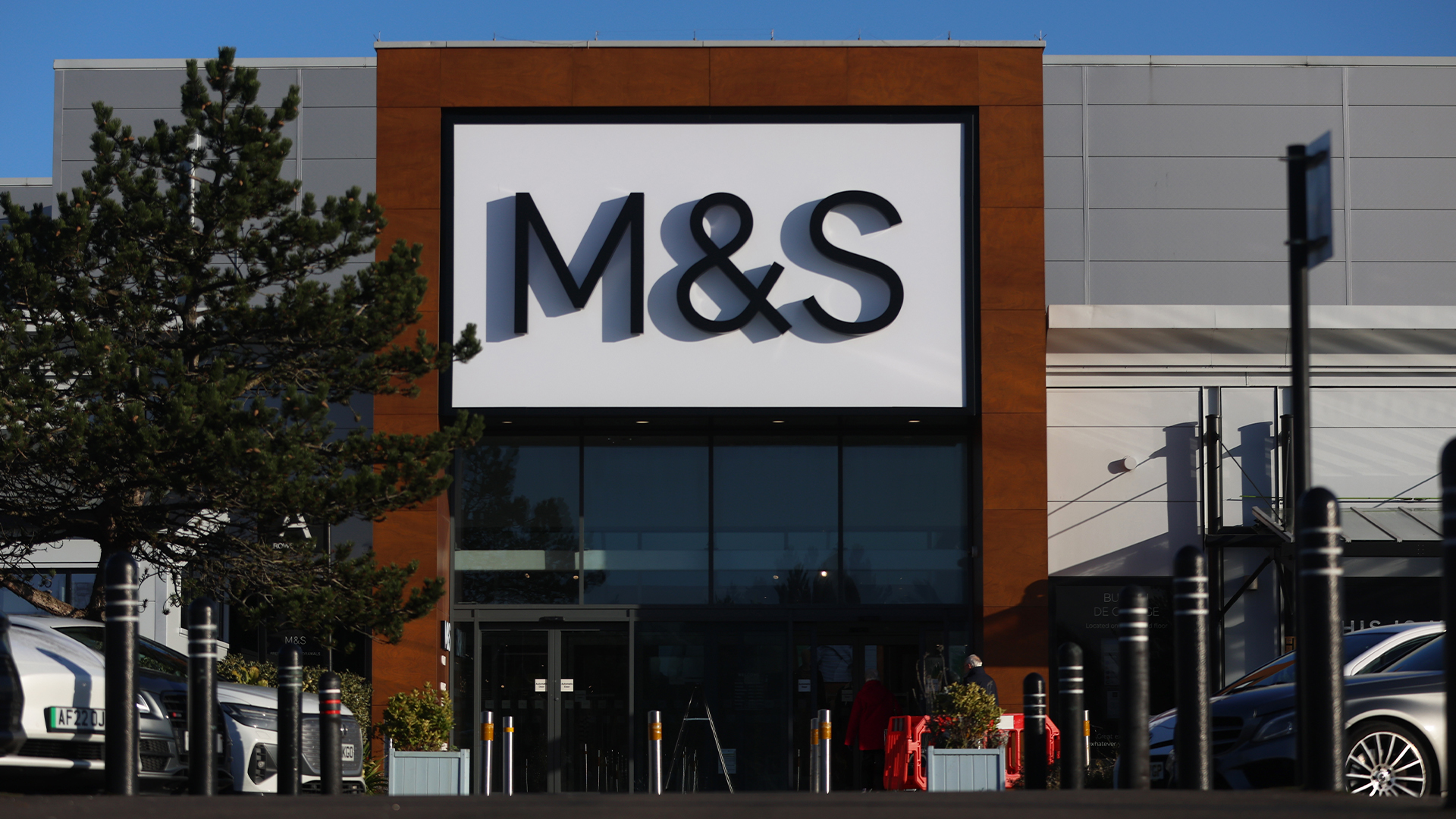Motorola Motoluxe XT615 review
Hot on the heels of the RAZR comes the mid-range Motorola Motoluxe, which still packs a few surprising features considering the price. Julian Prokaza finds out if it’s as cheerful as it is cheap.
Although certainly one of the better mid-range Android smartphones currently available, the Motorola Motoluxe’s relatively slow processor, limited app storage and mediocre camera take the edge of its appeal. Unless an upgrade to mid-range Android smartphone is urgently needed, we’d be inclined to wait and see what other manufacturers release in the next few months.
Usability
Although the screen is commendably good at this price, some inevitable cost-cutting is evident with the rest of the Motoluxe's specification. The device only has a 800MHz single-core processor with 512MB RAM, for example.
Benchmarks
Quadrant Standard - 1027
GeekBench - 420
SunSpider - 7019.4ms
Moving between Android screens with finger swipes seems sluggish, but applications still seem to run smoothly enough. Adding widgets to the homescreens does have a detrimental effect on overall responsiveness though, so the Motoluxe isn't best suited to Android smartphone users who like to see lots of information at-a-glance.
This lack of processor power obviously translates to a low benchmark score and the Motoluxe only turned in a result of 1027 in the Quadrant Standard synthetic benchmark, which is one of the lowest we've seen. Its performance in the SunSpider JavaScript benchmark was similarly slow, at 7019.4ms.
A more pressing problem, however, is the 308MB of available space on the app storage partition. Motorola does supply a 2GB micro-SD card and Android 2.3 Gingerbread can move most apps to external storage, although this must be done manually and one app at a time. However, Android 2.3 must still leave a significant chunk of app data behind on the app partition, which means heavy app users might quickly find themselves out of storage space.
This problem is remedied in Android 4.0 on the Google/Samsung Galaxy Nexus, since it treats both app and internal user partitions as one single storage space. However, whether or not this will be the case on Android 4.0 smartphones that have a memory card slot is still unknown there are none currently available. More to the point, Motorola hasn't committed to an Android 4.0 upgrade for the Motoluxe either, so its app storage limit may never be solved.
Get the ITPro daily newsletter
Sign up today and you will receive a free copy of our Future Focus 2025 report - the leading guidance on AI, cybersecurity and other IT challenges as per 700+ senior executives
-
 M&S suspends online sales as 'cyber incident' continues
M&S suspends online sales as 'cyber incident' continuesNews Marks & Spencer (M&S) has informed customers that all online and app sales have been suspended as the high street retailer battles a ‘cyber incident’.
By Ross Kelly Published
-
 Westcon-Comstor unveils new managed SOC solution for Cisco partners
Westcon-Comstor unveils new managed SOC solution for Cisco partnersNews Powered by Cisco XDR, the new offering will enable partners to tap into new revenue streams, the company said
By Daniel Todd Published
-
 More than 5 million Americans just had their personal information exposed in the Yale New Haven Health data breach – and lawsuits are already rolling in
More than 5 million Americans just had their personal information exposed in the Yale New Haven Health data breach – and lawsuits are already rolling inNews A data breach at Yale New Haven Health has exposed data belonging to millions of people – and lawsuits have already been filed.
By Emma Woollacott Published